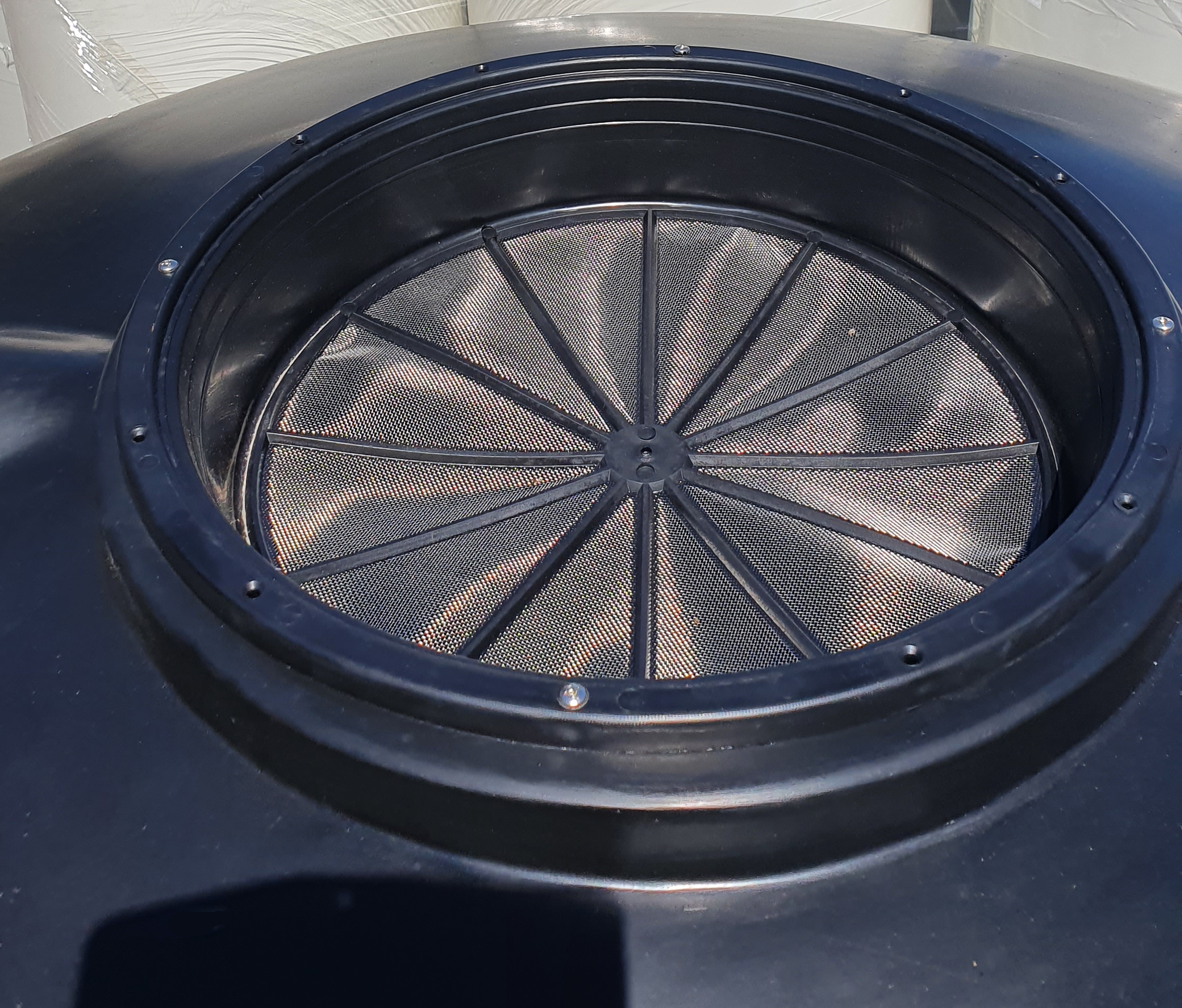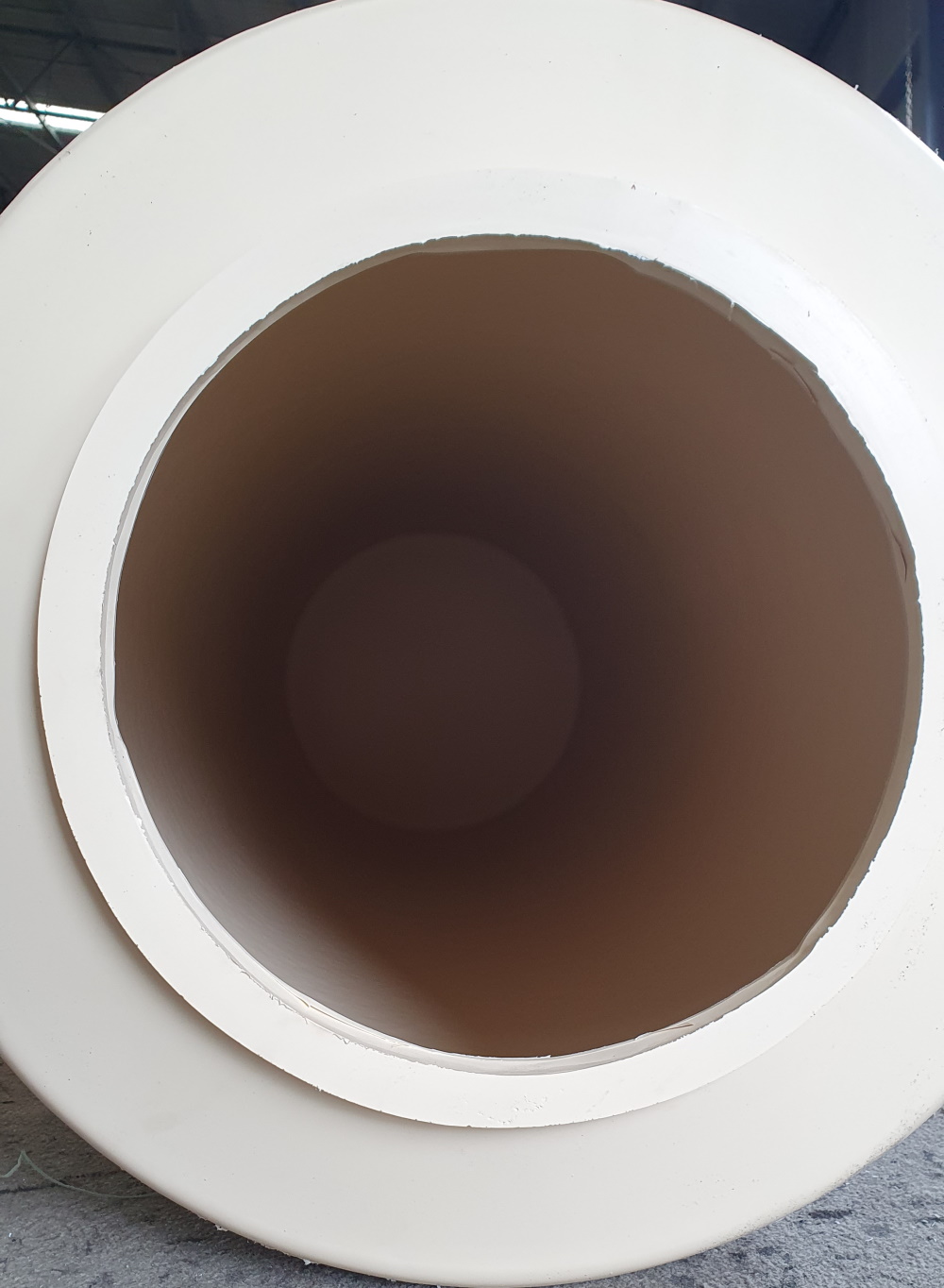Maintaining Your Rainwater Tank
Maintaining your tank will ensure that the stored water will be free from bacteria, bugs and dirt so that it can be broadly utilised within the home and also ensure that your tank and other components last as long as possible.
General Maintenance
Your rainwater tank should require very little maintenance as it’s been designed to withstand the harsh Australian conditions. The UV-stabilised polyethylene powder features outstanding UV resistance with more than double the requirements of AS/NZS4766 at 20,0000 hours, also contributing superior stress crack resistance in every tank manufactured. You can also improve the life of your tank and reduce algal growth by positioning it in a shaded area. That being said, the longevity and performance of your tank can also be ensured by conducting regular inspections every few months as follows:
- keep the leaf strainer free from debris or attach a dust-cover or screw-on-lid to keep out sunlight. This will help to prevent bacteria caused by foreign organic matter in the tank, keep out mosquitoes, reduce any sludge build-up and extend the life of your water pump. Gutter guards, installed on your water catchment source also reduce the amount of organic matter reaching the strainer
- inspect the outside of the tank for any cracks or leaks and contact Poly Water Tanks immediately if any are identified
- inspect the inside of the tank for algal build-up or mosquito larvae, particularly in tropical areas. See this NSW Health article for more information
- when a tank is fed by a rainwater source (roof area) located under vegetation or where prone to a build-up of dirt, there is potential for sludge to build up at the bottom of the tank. Note that sludge can also accumulate even when the roof is not subject to these conditions so it’s important to check for sludge every 2-3 years. The NSW Department of Health suggests siphoning the sludge or draining the tank to remove sludge. Professional tank cleaners are also another option
Tanks Used for Drinking Water
When using your tank for drinking water, you want to eliminate as many impurities from external sources as possible. This will ensure your water is safe to drink and also lengthen the life of any filtration systems you have installed. Since every Poly Water Tanks tank is made from food-grade polyethylene powder certified to AS/NZS 4020 – Products for use in contact with drinking water, you can be guaranteed that there will be no chemical leakage into the water.
Other external sources of impurities to your rainwater storage are:
- dirt and other organic matter such as leaves from your roof or other rainwater collection source. Installing a strainer or, more effectively, a dust cover will prevent leaves from entering the tank. A “First Flush Water Diverter” will stop the first “flush” of water from guttering from entering the tank, preventing built-up dust and dirt from entering the tank.
- algal growth. Algae can enter your tank from your water catchment source but unless there is sufficient heat and light, it cannot survive. Using an opaque, dark colour tank with a tightly fitted lid positioned in the shade is the most effective way to prevent heat and light from entering your tank. Whilst a dark-coloured tank will block sunlight, it will also absorb heat, hence the need to position in the shade. Where this isn’t possible, lighter coloured tank will also block the majority of sunlight without absorbing heat, but is not a complete solution
- mosquitoes and other animals and insects. The best way to prevent animals and insects from entering your tank is to install mesh strainers at every inlet and outlet and perform regular inspections for evidence of any deterioration or breakage in the mesh
Once you’ve checked the boxes above for keeping external impurities from entering your tank, you’ll want to safeguard the transit of the water from the tank to your household taps. Your external and internal piping and fittings must all be food-grade and safe for use in contact with drinking water as per AS/NZS 4020. And as a last defence, filtration systems, which can either be installed on the entry of water to your house or at selected outlets are highly recommended.
Pump Maintenance
Generally, rainwater tank pumps require very little maintenance but there are some things you can do to ensure that your pump is in the best working order:
- Check the inlet and outlet from time to time to ensure it has no blockages. Sometimes, debris from the tank may get as far as the pump inlet and this can cause damage to the pump should it be forced through the pump system.
- Inspect the pump for any leaks and these will reduce the pump pressure and can cause the pump to be overworked
- Above-ground pumps should be covered so that they are not damaged by the elements. We can supply pump covers in a matching colour to your tank.
- Submersible pumps should periodically be removed from the tank, inspected for the above, and given a general rinse to remove any settled residue from the tank.


